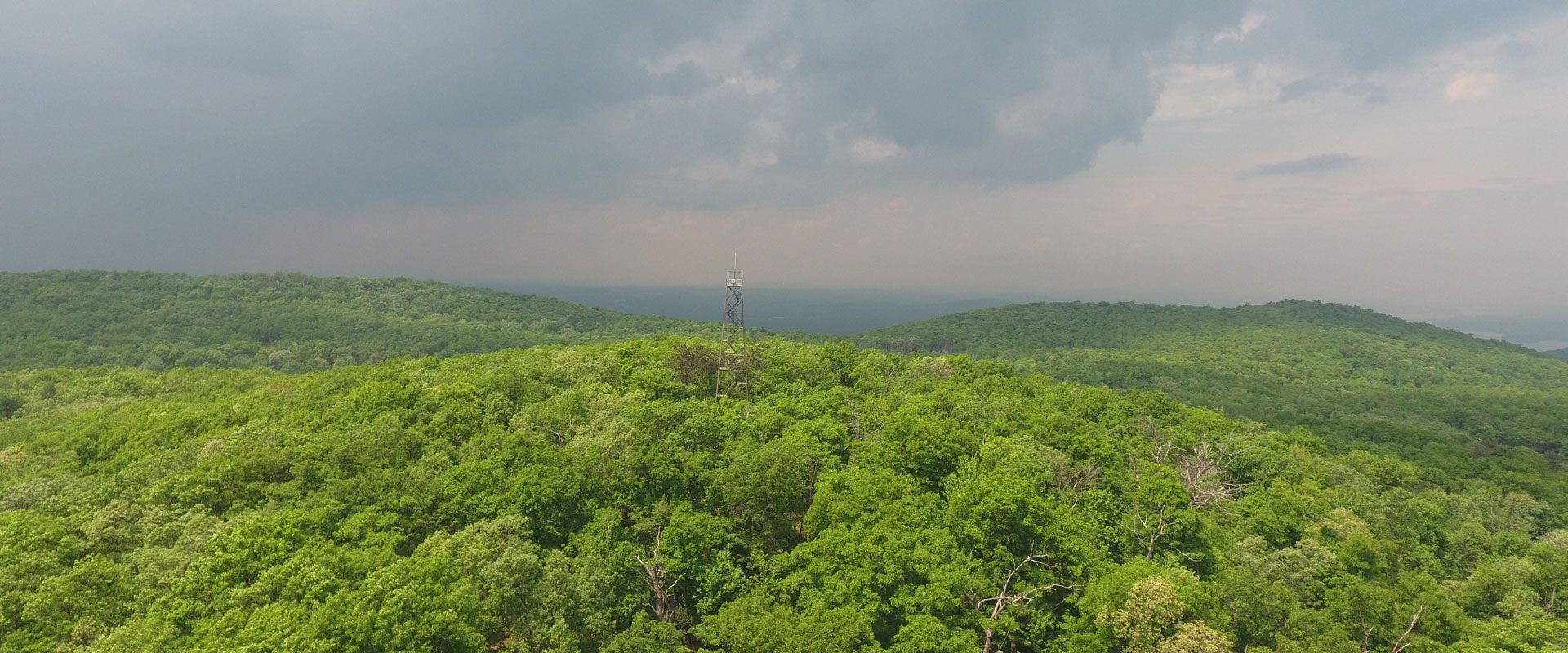
Photosynthesis – the process by which plants transform sunlight, water, and carbon dioxide into simple sugars – underpins practically all life on Earth. At Black Rock Forest, we are developing new techniques for measuring photosynthesis at the regional and global scale.
Current work focuses on using canopy-scale and satellite-based measurements to quantify the total amount of light absorbed by plants. Plants absorb sunlight in the visible range (the same blue, green, and red light humans can see) and use that captured energy to grow. Rather than focusing on quantifying how much light is absorbed by plants, our work focuses on measuring the amount of light reflected by plant canopies.
Specifically, we are working on new techniques to quantify the how strongly plants reflect near-infrared radiation, a form solar radiation that isn’t used for photosynthesis. In the same way that plants strongly absorb visible light, plants turn out to be equally good at reflecting near-infrared radiation. This makes it exceptionally easy to accurately measure near-infrared radiation, using sensors that cost as little as $300.
We have instrumented several trees at Black Rock Forest with low-cost sensors capable of measuring near-infrared radiation. These measurements capture subtle changes in light absorption on the scale of days to weeks and allow us to explore the biological processes that control how plants build and display their leaves. These same patterns of leaf display can be measured via satellite, meaning our work at Black Rock Forest directly contributes to on-going efforts to monitor forest health and even agricultural productivity at the regional and global scale.

